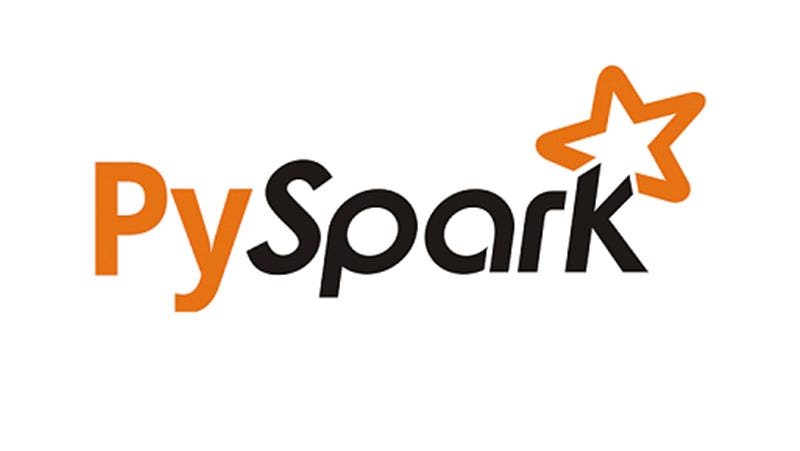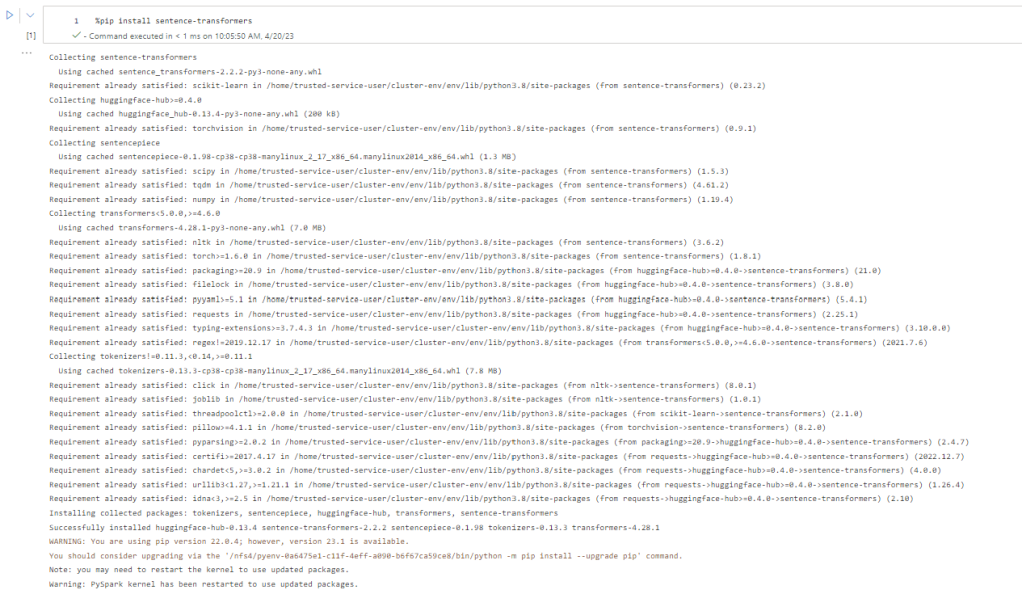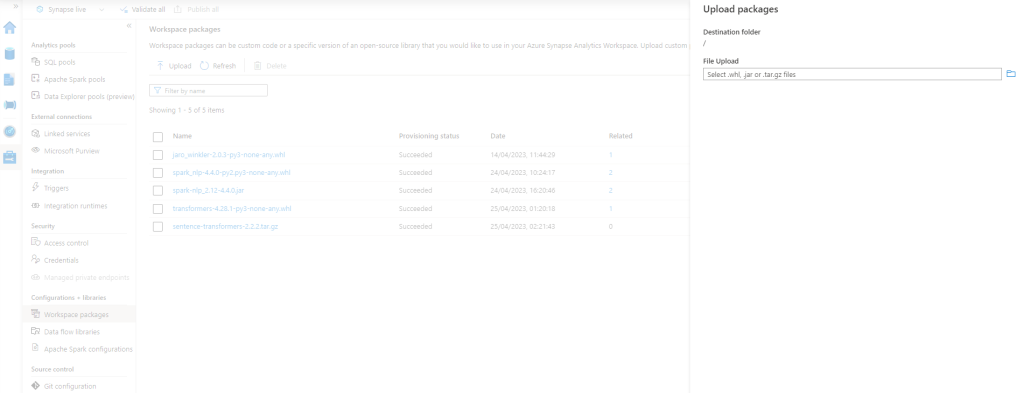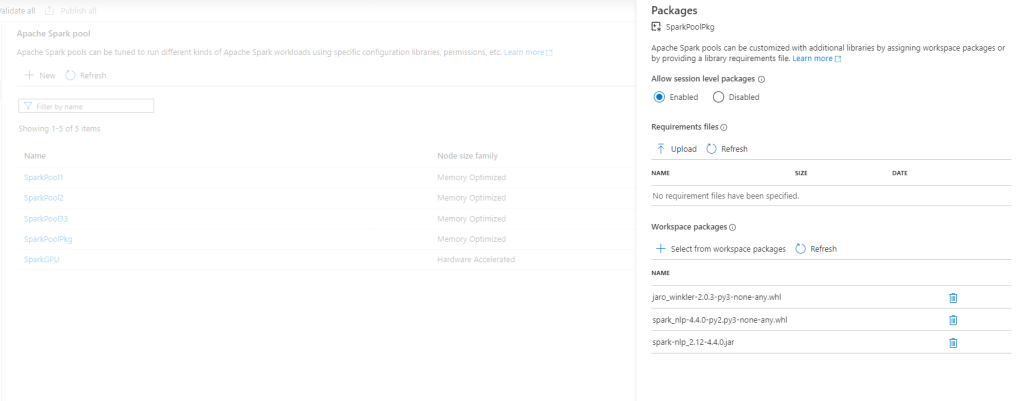
Apache Spark is an open source, distributed computing framework designed for big data processing and analytics. Spark was created to address the shortcomings of MapReduce in terms of use and versatility.
Recently I was using Spark framework (Through PySpark API) on Azure Synapse Analytics extensively for analysing bulks of retail data. Following better optimising approaches makes a huge difference in runtimes when it comes to Spark queries.
Among several Spark optimisation methods, I thought of discussing the importance of data partitioning in Spark and ways we can partition data.
Most of the enterprises are adapting data Lakehouse architecture today and it’s common that most of the data is stored in parquet format. Parquet is a columnar storage file format which is designed to optimise performance when dealing with large analytical workloads.
With some experiments I did with large datasets, I found “partitionBy” option with parquet in Spark makes a huge difference in query performance in most of the use cases. It specifies how the data should be organized within the storage system based on one or more columns in your dataset.
Using “partitionBy” column values has several advantages.
- Improved Query Performance: When you partition data by specific column values, Spark can take advantage of partition pruning during query execution. This means that when you run a query that filters or selects data based on the partitioned column, Spark can skip reading irrelevant partitions, significantly reducing the amount of data that needs to be processed. This results in faster query execution.
- Optimized Joins: If you often join tables based on the partitioned column, partitioning by that column can lead to more efficient join operations. Spark can perform joins on data that is collocated in the same partitions, minimizing data shuffling and reducing the overall execution time of the join operations.
- Reduced Data Skew: Data skew occurs when certain values in a column are much more frequent than others. By partitioning data, you can distribute the skewed values across multiple partitions, preventing a single partition from becoming a bottleneck during processing.
- Simplified Data Management: Each partition represents a distinct subset of your data based on the partitioned column’s values. This organization simplifies tasks such as data backup, archiving, and deletion, as you can target specific partitions rather than working with entire datasets.
- Enhanced Parallelism: Different partitions can be processed concurrently by separate tasks or executors, maximizing resource utilization and speeding up data processing tasks.
- Facilitates Time-Based Queries: If you have time-series data, partitioning by a timestamp or date column can be especially useful. It allows you to efficiently perform time-based queries, such as retrieving data for a specific date range, by only reading the relevant partitions.
- Easier Maintenance: Partitioning can simplify data maintenance tasks, like adding new data or updating existing data. You can easily add new partitions or drop old ones without affecting the entire dataset.
Let’s walk through a practical experience to understand the advantages of using partitionBy column values in Spark.
Scenario: Imagine you’re working with a large dataset of sales transactions from an e-commerce platform. Each transaction has various attributes, including a timestamp representing the transaction date. You want to analyse the data to find out which products sold the most during a specific date range.
Step 1 – Partitioning by Date: First, partition the sales data by the transaction date using the partitionBy command in Spark when writing the data to the storage. Each partition represents a specific date, making it easy to organize and query the data.
# Specify the partition column
partition_column = "transaction_date"
# Write the DataFrame to Parquet with partitionBy
df.write.partitionBy(partition_column).parquet("/path/to/output/directory")
Step 2 – Query for Date Range: Let’s say you want to analyse sales for a specific date range. When you run your PySpark query, it automatically prunes irrelevant partitions and only reads the partitions that contain data for the selected date range.
# Read the partitioned data from Parquet
partitioned_df = spark.read.parquet("/path/to/output/directory")
# Query data for a specific date
specific_date = date(2023, 7, 1)
result = partitioned_df.filter(partitioned_df[partition_column] == specific_date)
result.show()
In summary, using partitionBy column values in Spark can significantly enhance query performance, optimize joins, improve data organization and management, and provide advantages in terms of data skew handling and parallelism. It’s a powerful technique for optimizing Spark jobs, particularly when dealing with large and diverse datasets.
Share your experience and approaches you use when it comes to optimising Spark query performance.



